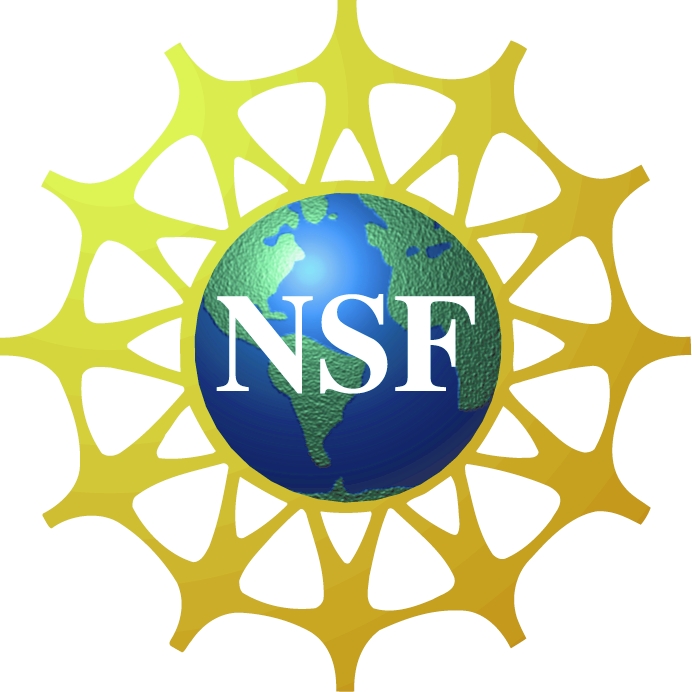Main Page
Geospace Environment Modeling (GEM) 
Geospace Environment Modeling (GEM) is a broad-based, community-initiated research program on the physics of the Earth's magnetosphere and the coupling of the magnetosphere to the atmosphere and to the solar wind. The purpose of the GEM program is to support basic research into the dynamical and structural properties of geospace, leading to the construction of a global Geospace General Circulation Model (GGCM) with predictive capability. This GGCM model will be modularized and will complement parallel developments of magnetohydrodynamic models. The strategy for achieving GEM goals is to undertake a series of campaigns and focus groups, in both theory and observational modes, each focusing on particular aspects of the geospace environment.
The Geospace Environment Modeling (GEM) program is sponsored by National Science Foundation (NSF) Division of Atmospheric and Geospace Sciences.
What's New
- The 2015 GEM mini-workshop will be held at the Holiday Inn Golden Gateway in San Francisco on Sunday, December 13 before the Fall AGU Meeting. See venue information and the program schedule at the Mini-GEM Workshop site.
- The 2015 GEM Summer Workshop was held in Snowmass, Colorado during June 14-19, 2015. Information about the Workshop can be found at the GEM Workshop website at Virginia Tech. A tentative list of oral presentations is posted at GemWiki's 2015 Summer Workshop page.
Acknowledgment and Disclaimer
This GemWiki site is based upon work supported by the National Science Foundation under Grant AGS-1405565. Any opinions, findings and conclusions or recommendations expressed at this web site are those of the authors and do not necessarily reflect the views of the National Science Foundation (NSF). Comments about this website can be e-mailed to the GEM Communications Coordinator at gemeditor [at] igpp.ucla.edu.